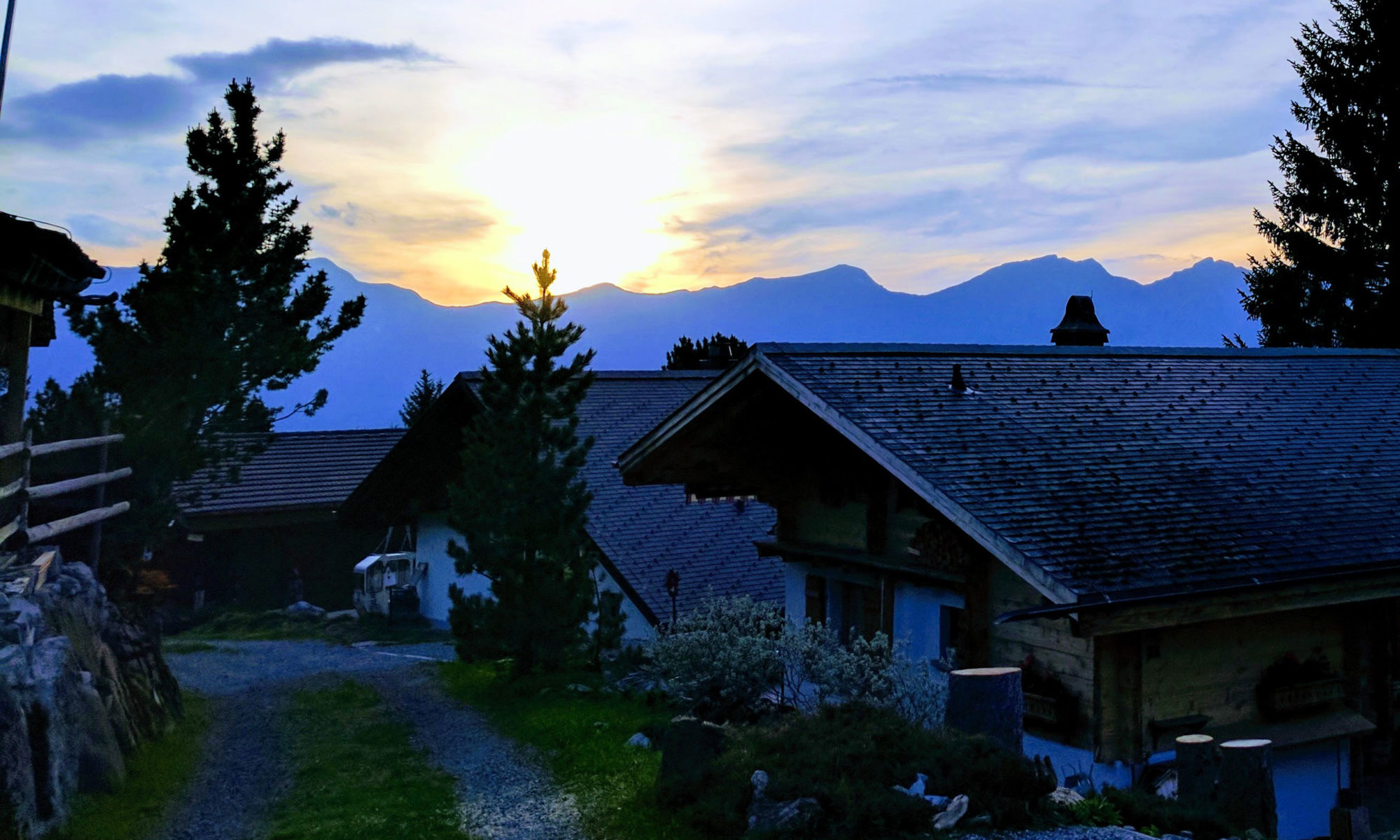
A Man Called Ove by Fredrik Backman
Genres: Fiction, Contemporary, Slice of Life
Let me start with this fact.
One of the major characters in this book is a cat and Ove (the grumpy old man who’s the lead, as is evident from the title) has a name for said cat.
There. For those who find this information enough, I wish you pleasant reading as you make your way to your favorite bookstore to get a copy.
Meanwhile, I’ll try to present a better case for why this books is hands-down the sweetest book I’ve ever read. This is a book that restored my trust in humanity. No kidding. It’s not to be read for some thrilling plot or an edge-of-a-cliff storyline, but to explore the characters and know more about them with every turn of the page. And even though the story is as everyday as it gets, you’ll still find yourself surprised by the small connections and the small moments that inevitably strike a chord in your heart.
Then there is the viewpoint of Ove – an old, painfully righteous, man living alone. Ove, as the book itself puts, is the type of person you just don’t find in the world anymore, except in the grandfather age generation, maybe; the type that will find a nasty way of saying the nicest things; the type that are completely misunderstood despite meaning so well; the type that find that easily get irritated but still go out of their way to help others; the type that will never accept that they mean well even if you tie them to a railway line and threaten their lives. And that gives a completely fresh and unique perspective to the story.
Reading ‘A man called Ove’ is like returning to your home at the end of a tiring day and finding your loved ones sitting at the dinner table waiting for you, Imagine that feeling and multiply it with the number of chapters in the book, and that might give an estimation of how I felt about this book. This is how my thoughts went while reading it (in similar order):
#1
I swear this is a book about my grandfather
#2
Wait. Why am I relating so much to a grumpy old man who doesn’t like espresso machines?
#3
I wonder if all old people are like this.
#4
Awww….
Literally. This is how I felt at the end. I realized that there is as little we understand of the people we know as we are quick to form opinions about them. I started as the salesman at the electronic store who was ready to hand Ove the ‘Most Annoying Customer of the Day’ title and ended up as the kid who’d paint the entire world in monotone and just Ove in colour.
Reading this book is like loving someone, and as Sonja (Ove’s wife) puts it
“Loving someone is like moving into a house. At first you fall in love with all the new things, amazed every morning that all this belongs to you, as if fearing that someone would suddenly come rushing in through the door to explain that a terrible mistake had been made, you weren’t actually supposed to live in a wonderful place like this. Then over the years the walls become weathered, the wood splinters here and there, and you start to love that house not so much because of all its perfection, but rather for its imperfections. You get to know all the nooks and crannies. How to avoid getting the key caught in the lock when it’s cold outside. Which of the floorboards flex slightly when one steps on them or exactly how to open the wardrobe doors without them creaking. These are the little secrets that make it your home.”
Backman has such a talent for putting feelings into words that it leaves you speechless. Like all your life, you’ve been wanting to say the same thing but didn’t know how. And he comes along and frames those thoughts into sentences more true and beautiful than poetry.
The humor is one thing I felt the writing fell short of. The prose is often interposed by lines of dry humor which barely draw a chuckle. Still, a bit of it can be justified by Ove’s character which might lean more towards humor of this kind. I chose to give Backman the benefit of doubt in this case because the writing and story is beyond such small tidbits.
If you like indie music and slice-of-life series; and your catchphrase is cut-the-drama, you’ll probably like ‘A man called Ove’. Even if it’s not and you’re looking for a slow read, I’ll highly recommend this.























